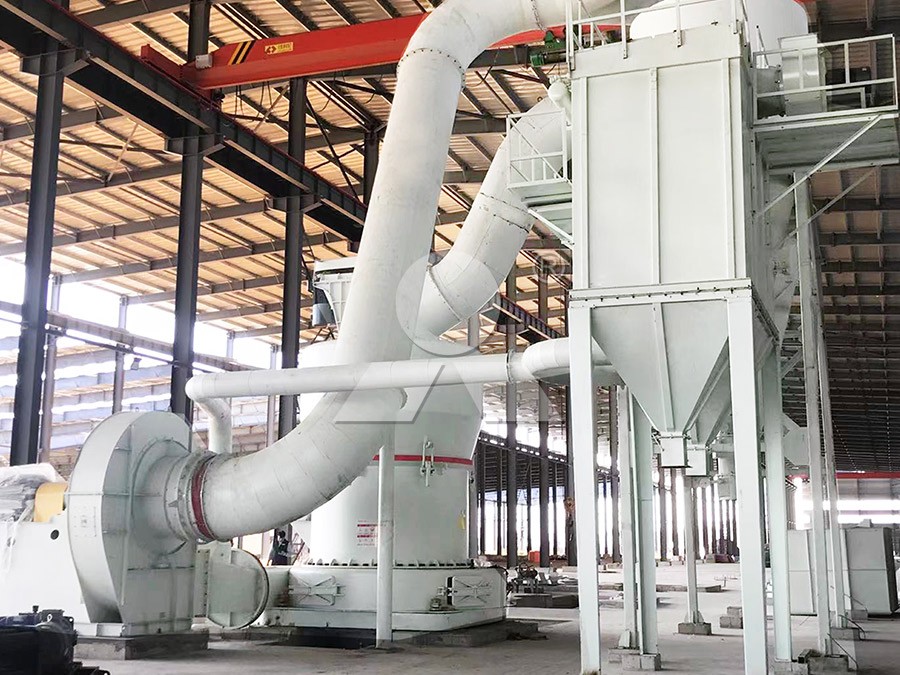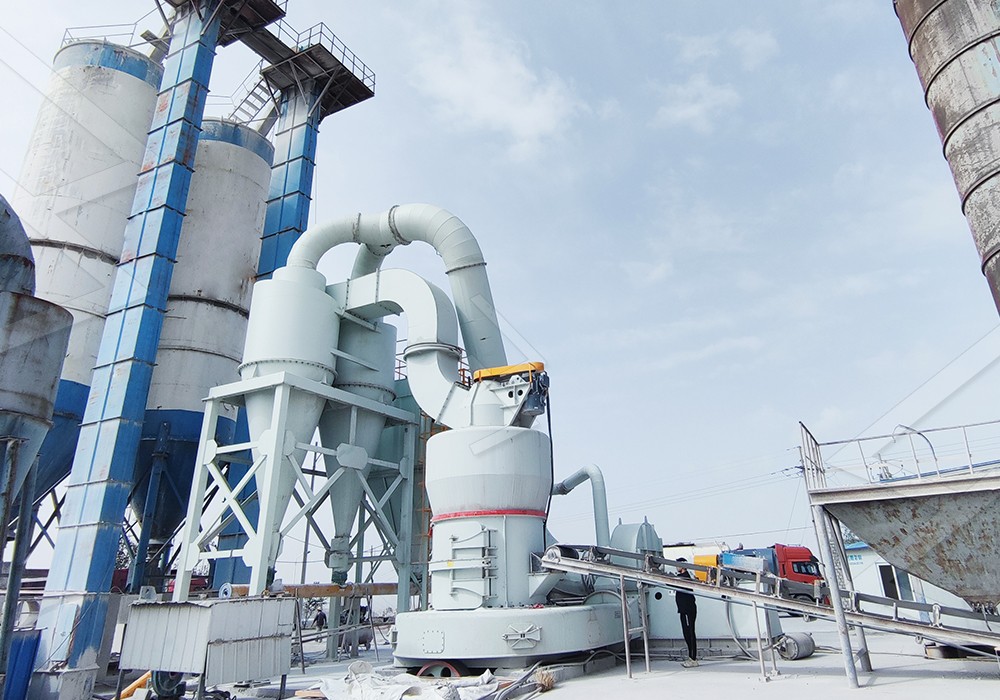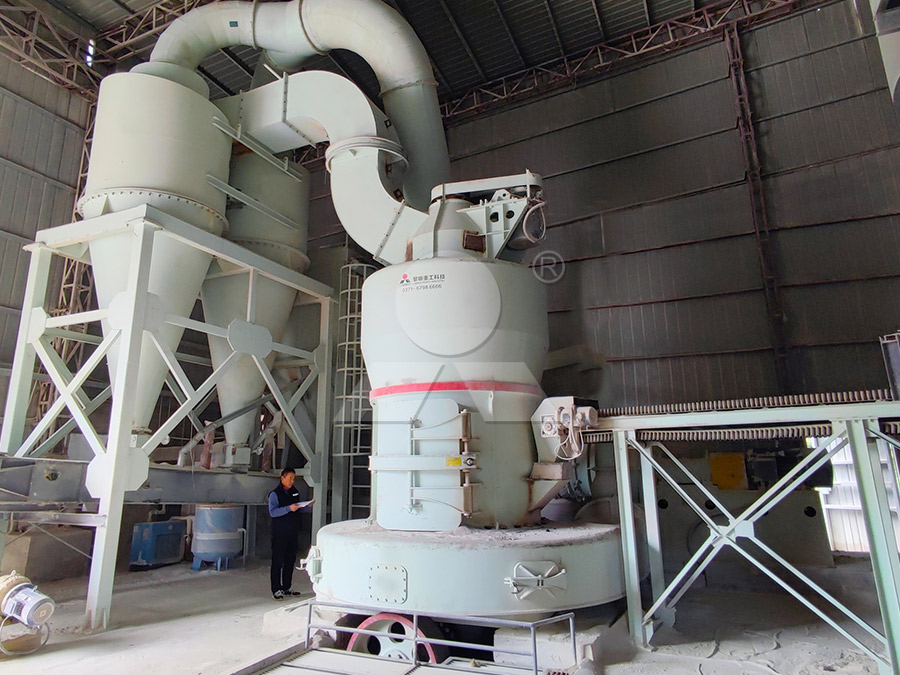How Does a Kaolin Grinding Mill Machine Work?
How Does a Kaolin Grinding Mill Machine Work?
Kaolin, also known as china clay, is a versatile industrial mineral with applications ranging from paper coating and fillers to ceramics and pharmaceuticals. Transforming raw kaolin into valuable powder requires specialized grinding equipment that can achieve precise particle sizes while maintaining the material’s chemical properties. Understanding the working principles of kaolin grinding mills reveals the engineering sophistication behind modern mineral processing.
The Fundamental Grinding Process
At its core, kaolin grinding involves reducing the particle size of raw clay through mechanical forces. The process begins with crushed kaolin fed into the mill’s grinding chamber, where grinding elements such as rollers, rings, or balls apply pressure and friction to break down the material. The specific mechanism varies depending on the mill type, but all systems share the common goal of particle size reduction.

Most modern grinding mills utilize a combination of impact, compression, and shear forces. As kaolin enters the grinding zone, it’s caught between moving grinding elements and stationary surfaces. The intense mechanical action fractures the clay particles along their natural cleavage planes, gradually reducing them to the desired fineness.
Classification and Separation
Following the initial grinding phase, an air classification system separates particles by size. This critical step ensures consistent product quality by allowing properly ground particles to proceed while returning oversized material for further processing. The classifier typically uses centrifugal force and airflow to segregate particles based on their mass and size.
Advanced grinding mills feature precision classification systems that can achieve remarkably narrow particle size distributions. For kaolin applications requiring ultra-fine powders (often between 325-2500 mesh), this separation process becomes particularly important for product performance in end-use applications.
Drying and Collection
Many kaolin grinding systems incorporate drying capabilities, as moisture content significantly affects both grinding efficiency and final product quality. Hot air introduced into the mill simultaneously dries and transports the kaolin powder through the system. The dried, fine particles are then collected in baghouse filters or cyclone separators, while exhaust air is cleaned before release.

Advanced Grinding Solutions for Kaolin
For operations requiring ultra-fine kaolin powders with precise particle size control, the MW Ultrafine Grinding Mill represents an excellent solution. This advanced mill operates with an input size of 0-20 mm and capacity ranging from 0.5-25 tph, making it suitable for various production scales. Its innovative design features higher yielding with lower energy consumption compared to traditional grinding systems.
The MW Mill’s cage-type powder selector, incorporating German technology, enables precise fineness adjustment between 325-2500 meshes. This flexibility allows producers to tailor their kaolin products to specific customer requirements. Additionally, the absence of rolling bearings and screws in the grinding chamber eliminates common failure points, enhancing reliability and reducing maintenance needs.
Another notable option for kaolin processing is the LUM Ultrafine Vertical Grinding Mill, which handles input sizes of 0-10 mm with capacities of 5-18 tph. This mill integrates ultrafine powder grinding, grading, and transporting in a single unit, utilizing the latest grinding roller and powder separating technologies for exceptional efficiency.

Environmental Considerations
Modern kaolin grinding mills prioritize environmental protection through integrated dust collection and noise reduction systems. Efficient pulse dust collectors prevent particulate emissions, while silencers and noise elimination rooms minimize acoustic impact. These features ensure compliance with environmental standards while maintaining optimal working conditions.
Frequently Asked Questions
What particle sizes can kaolin grinding mills achieve?
Advanced mills like the MW Ultrafine Grinding Mill can produce kaolin powders ranging from 325 to 2500 meshes (approximately 45 to 5 microns), with some specialized systems capable of even finer distributions.
How does moisture content affect kaolin grinding?
Excessive moisture can cause material buildup and reduce grinding efficiency. Modern mills often incorporate drying systems that simultaneously grind and dry kaolin, optimizing both processes.
What maintenance do kaolin grinding mills require?
Maintenance requirements vary by mill type, but designs like the MW Ultrafine Grinding Mill minimize maintenance through features such as external lubrication systems and the elimination of internal rolling bearings.
Can the same mill process different mineral materials?
Yes, mills like the MW and LUM series can process various non-metallic minerals including limestone, calcite, dolomite, and barite in addition to kaolin, offering operational flexibility.
How important is the classification system in kaolin grinding?
Extremely important. Precision classification ensures consistent particle size distribution, which directly impacts kaolin’s performance in applications like paper coating, plastics, and ceramics.
